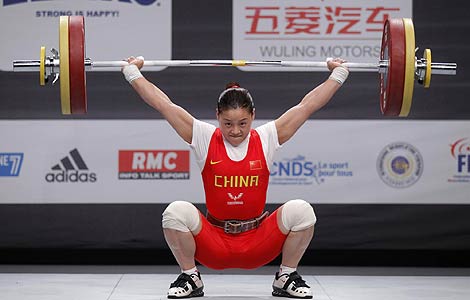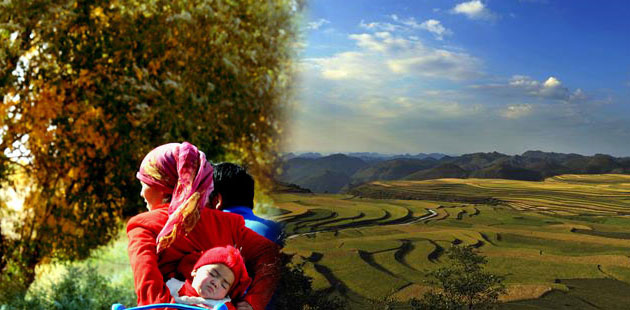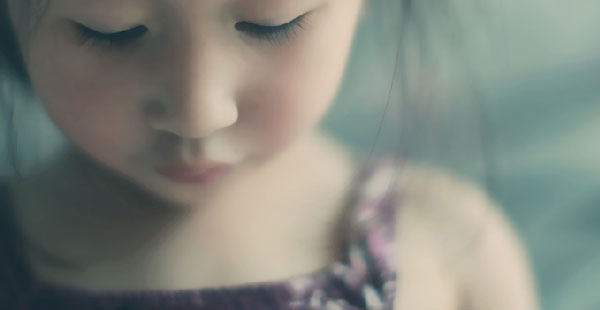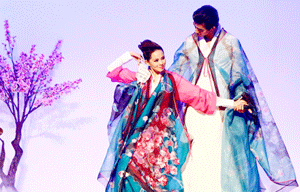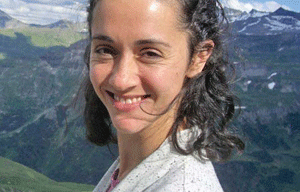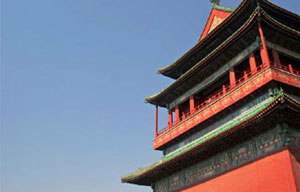Picture perfect Beijing
Updated: 2011-11-03 07:59
By Angela Shen (China Daily)
|
|||||||||
|
Drum Tower and Bikes in Front, by Trey Ratcliff. |
|
Inside the Water Cube, by Joe McNally. |
|
The Great Wall, by Trey Ratcliff. |
The weeklong World Photographers Focusing on Beijing event highlights the city's beauty, past and present. Angela Shen reports.
Some things - like the time-honored value placed on education - have remained relatively unchanged in China. But this is the exception rather than the norm.
"Beijing is changing every day," remarks German photographer Frank P. Palmer, who won first prize in the 2009 Beijing in the Eyes of Foreigners contest with his China's True Heroes photo (which honors construction workers).
Comparing the two photos he took of Tian'anmen Square - one in 1992 and the other in 2010 - it is easy to see the changes, especially in the past 10 years, Palmer says, which have seen marked improvements in environmental standards and people's lives.
"The Olympic Games brought a lot of improvements to Beijing. The city is more modern now - clean and comfortable to live in," says Philippe Bourgeois, who was former French president Jacques Chirac's personal photographer.
Beijing's rapid development has been a source of interest to foreigners for years. But it is one thing to hear or read about the changes and another to see the extent of these transformations.
The World Photographers Focusing on Beijing event began in 1999 as a way to promote a greater understanding of China, and Beijing in particular. Due to the success of the event, in 2005, it became an annual affair with 10 photographers invited by the Beijing municipal government every year to spend seven days in Beijing.
The event is a form of cultural exchange, and the photos taken by photographers during the event have served as tangible evidence of Beijing's continued progress.
This year, from Sept 16-23, 10 professional photographers from various countries were invited, once again, to take photos of popular sites, such as Tian'anmen Square, the Temple of Heaven and the Beijing Olympic Gardens.
The weeklong event is geared toward both foreigners and locals. To foreigners, especially those who have never visited China, the photos reveal a glimpse of modern Beijing. To locals, it represents a chance to understand how outsiders' perceptions of Beijing have changed over the years.
What makes Beijing "a worthy place to visit for tourism", explains Bourgeois, whose Walking Together in Ancient Beijing photo won the grand prize in the 2010 Beijing in the Eyes of Foreigners photo contest, is the fact that Beijing is both "a modern capital city" and a place where "many historical sites have been well preserved".
American photographer Joe McNally, who has shot cover stories for a variety of magazines, such as TIME, Newsweek, Fortune and Entertainment Weekly, explains there is beauty in both the new and the old.
"From a Westerners' standpoint," he says, "I am inclined toward the older style of traditional sites. But I've found the newer design of the modern buildings to be equally captivating."
Architecture, however, only tells half the story. As American photographer, Trey Ratcliff, who has been featured on BBC, ABC and FOX, says: "China is about the people" so "taking photos of them at these classical sites" is as important as photographs of the architecture itself.
In addition to architecture and people, there are two other areas that garnered attention during the seven-day event: the growth in creativity and the availability of "space". In regard to artwork and creativity, both McNally and Ratcliff have noted recent bursts in creativity among youths and artists in Beijing.
Ratcliff, the creator of the popular travel photography blog StuckInCustoms.com, which features stunning scenery from all over the world, expressed his love for the "new, emerging creative class of China" and the "artistic 798 part of town", claiming it to be a source of inspiration for his own projects.
In much the same way, Bourgeois, whose album of the Eiffel Tower was presented as a gift to the Chinese government by Jacques Chirac, commented on the beauty and availability of "space" - the area left behind from the 2008 Olympics.
In his opinion, the government made a brilliant decision in turning what would have been a "financial loss" into a profit by opening the Olympic sites to the public and transforming them into city highlights.
The 2011 World Photographers event has been a success but this is no doubt due to the effort of the photographers.
Some photos are better taken during "sunrise, sunset and (at) night", says Ratcliff, who is known for his unique take on HDR (High Dynamic Range) photography, and was the first to have an HDR photo hang in the Smithsonian. In other words, he would have had to stay up at odd hours of the day and night to find the perfect setting for his pictures.
However, the results of his efforts are undeniable: The National Center for the Performing Arts, given the backdrop of the setting sun, looks like a silver-spun egg floating in a fairytale lake when it is reflected upon the water.
Similarly, Palmer, who participated in recording the construction of the new CCTV tower and had many of his works featured in the Creative China art exhibition held at the Victoria and Albert (V&A) Museum in London, also faced many difficulties in his assigned task to document the entire "7.8-km (stretch) of the historical part of the Central Axis".
Bourgeois sees the potential in Beijing's many "historical sites" and "natural landscapes" for tourism, and has expressed a desire to "participate (again) in the promotion of these places" in the future.
In contrast, McNally, who won the first Alfred Eisenstaedt Award for "Journalist Impact", revealed he hopes to return to China to someday to "teach photography to Chinese photographers".





